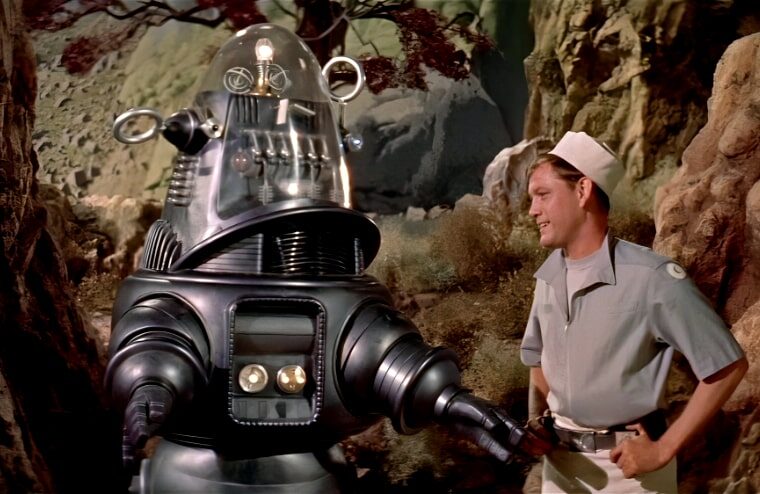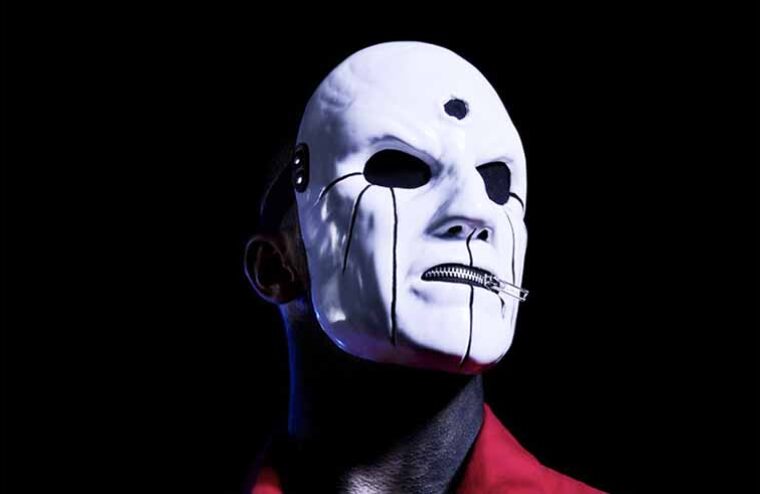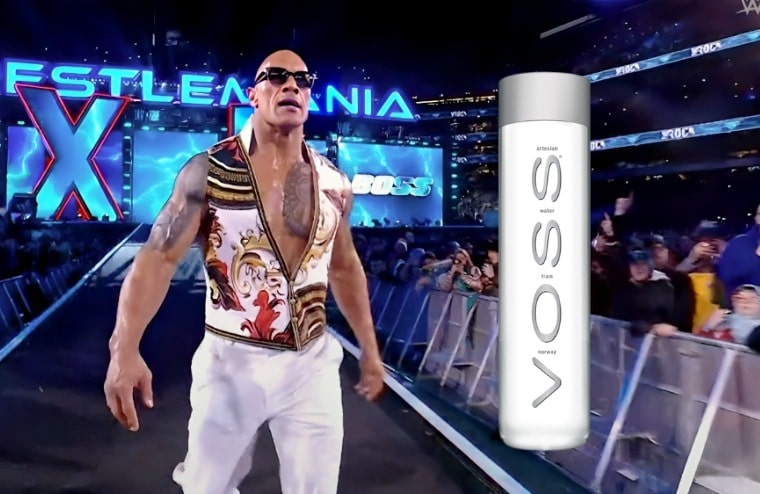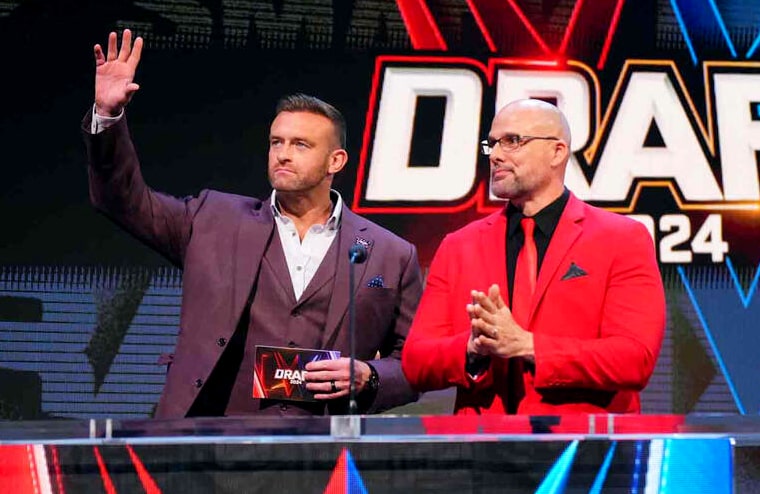In 1956, “Forbidden Planet” revolutionized science fiction with its startling special effects and sophisticated storytelling. It was the first movie of its kind to take place entirely on an alien planet, the first to depict a man-made starship that’s faster than light and the first to feature a fully electronic score. Yes, this is a movie of many “firsts.” But for all its obvious achievements, there is one that stands out as being particularly odd: the first film to feature the first robot actor. (A double first!) In a film featuring Walter Pidgeon, Anne Francis, and Leslie Nielsen, the biggest star in the cast has to be Robby the Robot. At a time when most onscreen robots were just pots and pans, Robby was a complex marvel of the space age.
His groundbreaking design pushed his robotic brethren into the future they were meant to represent. If “Forbidden Planet” were his only film, Robby would still be an all-time icon of science fiction. Of course, that was not the end of Robby’s career. In fact, in the following year, Robby appeared in “The Invisible Boy,” a film with no other ties to “Forbidden Planet.” After that, Robby became a full-fledged celebrity, guest-starring on television shows as often as Charo. And if you wanna talk about range, Robby’s been cast as just about everything: hero, villain, maid, butler, cyclops, Mr. Whipple’s assistant, and beyond. Without a doubt, Robby is the hardest-working robot in the business. To honor his legacy as the great Robo-American actor, I’ll be covering the history of Robby the Robot. From his early days in Hollywood to his battle with dementia, this is the shocking true story of cinema’s most popular android (pre-“Star Wars”).
Creation and “Forbidden Planet”:
One of the best and most popular movie posters of all time belongs to “Forbidden Planet.” On it, the fearsome Robby carries an unconscious maiden off to some unknown location with what we can only presume is malicious intent. It promises the terrifying tale of a mad machine rising up against humanity. This was, of course, a blatant lie. “Forbidden Planet” is not a “Terminator”-style monster movie about a rampaging robot; it’s William Shakespeare’s “The Tempest”… IN SPACE! The planet Altair IV (the forbidden one) plays the part of the remote island Shakespeare wrote of. Tragic scientist Dr. Morbius stands in for master magician Prospero. In this context, Robby is Ariel, a spirit enslaved by Prospero. Created by Morbius, Robby was programmed to be the ultimate butler.
Despite what the poster would have you believe, Robby is governed by a version of Isaac Asimov’s Three Laws of Robotics. Of these rules, the one that really figures into the plot is that Robby cannot harm or kill any humans. I was tempted to explain why that detail is paramount, but I don’t want to ruin the surprise. If you haven’t seen “Forbidden Planet,” rectify that immediately. But going back to Robby himself, it also casts the robot as sort of a big toy. He can’t kill, does cool tricks, obeys your every command, and can create as much booze as you want. And he possesses a soothing voice that makes him more appealing than the old oil can robots. (We can thank actor/announcer Marvin Miller for lending his talents.) While his intelligence is artificial, Robby does demonstrate a dry wit and charmingly haughty demeanor. In short, he’s really neat.
Based on concepts by Irving Block, Arnold Gillespie, Arthur Longrun, and Allen Adler, Robby was built by the fantastic Robert Kinoshita (who created Tobor the Great and later the robot from “Lost in Space”). Remarkably, Robby the Robot is not a machine but a top-of-the-line suit. At the very least, it was more high-tech than the average gorilla suit. Metal, plastic, rubber, glass, and Plexiglas were all used in the construction of Robby. However, the most notable material involved was something called “Royalite,” a type of plastic that was primarily used in suitcases. The Robby suit stood at 7 feet and included three detachable sections: the head, the chest, and the legs/lower torso. Altogether, the suit weighed around 100 pounds, give or take.
To “activate” Robby, the operator had to climb into the legs. The two sections were connected with internal clips; a harness (the same one used for the Flying Monkeys in 1939’s “The Wizard of Oz”) was dropped over the shoulders of the operator (one of two Frankies: Darro and Carpenter) to allow him to move the behemoth. Finally, the head was added. For most classic monster suits, that would just be another layer of rubber. In the case of Robby, it was a highly complicated Plexiglas dome containing lights, mechanical parts, and electrical wiring. The rest of the suit was just as complicated. Cinematographer George Folsey said this about Robby:
“The robot’s massive body was motivated by six motors and was controlled through a complicated panel. The panel consisted of ten dials, sixteen switches, and three buttons and was located off to one side of the set. He had complete mobility of arms, legs, and head. More than six months of trial and error labor were required to successfully install 2,600 feet of electrical wiring that made the robot independent and self-operating.”
The exact amount varies from report, but everyone agrees that Robby the Robot cost MGM a pretty penny. He was at least $1.1 million in today’s currency. That represents about 7% of “Forbidden Planet’s” massive budget. Fortunately, the investment paid off: Robby almost immediately became a star. Not wanting to waste their expensive creation, MGM cast Robby the Robot in another picture the following year.
“The Invisible Boy” and the Television Years:
I must confess that I simply do not know what to say about “The Invisible Boy” (1957). It’s not a terrible little movie, but it is a terribly little movie. “Forbidden Planet” is an epic on which there has been much written; “The Invisible Boy” is a cozy B-movie that doesn’t receive a whole lot of attention. The film concerns an evil computer that grants a small boy the intelligence to build Robby the Robot. Shenanigans ensue, and kites are flown. It may sound like I don’t like this movie, but that really isn’t the case. I’m a sucker for these sorts of silly sci-fi features. “The Invisible Boy” is exactly the sort of movie you watch on a rainy day while enjoying a bowl of chicken noodle soup. But scholars, critics, and even movie buffs tend to neglect this one. That is unfortunate because I firmly believe this is the film that really made Robby a star. It established something essential about Mr. The Robot that would secure his spot in pop culture: you can put that suit in any situation, and people will pay attention. After “The Invisible Boy,” Robby landed on the small screen.
Starting with “The Thin Man” TV series in 1958, Robby the Robot appeared on… everything. If a show was popular in the ’60s and ’70s, odds were that Robby would eventually show up. “The Many Loves of Dobie Gillis?” You bet! “The Twilight Zone?” Three times! “Columbo?” Oh, you better believe he met Columbo! “Wonder Woman,” “The Love Boat,” “The Man from U.N.C.L.E.” and “The Banana Splits Show?” Take a wild guess! When Lurch needed a break on “The Addams Family,” Robby (called “Smiley”) filled his massive shoes. Mork of “Mork & Mindy” befriended him (there as “Chuck”) in an episode that follows the robot as he develops robo-dementia and dies peacefully in front of a distraught Robin Williams. Did I sob like a baby during an episode of “Mork & Mindy?” You will never know.
I could keep going, but Robby’s career is just too vast for a single article. However, the cameos began to dry up during the ’90s. I suppose when you’re in a movie as grand as “Gremlins,” the only way to go is down. Robby made a handful of appearances in the last couple of decades (two of which were with Looney Tunes), though his days as a television superstar were over. At the time of this writing, Robby’s last major role was in a 2014 episode of “The Big Bang Theory.”
Ownership and the Future:
In 1971, the original Robby the Robot suit was sold to Jim Brucker, who displayed the mechanical matinee idol at his Movie World/Cars of the Stars Museum near California’s Disneyland. The suit was often vandalized by visitors, all of whom are hopefully rotting in a torture chamber somewhere. Robot historian Fred Barton (the man with the coolest job title ever) was hired to restore Robby, though it fell into disrepair just a few years later. When the museum closed in 1980, director William Malone bought Robby and his accessories. Since Malone also built the first replica of Robby in 1973, he was able to restore our boy to his former glory. Robby remained with Mr. Malone until the robot was sold by Bonhams Auctioneers in 2017. The suit became the most expensive film prop ever sold at auction, going for US$5,375,000. Who was the lucky person who bought Robby the Robot? Nobody seems to know. The A.V. Club described this person as “some nerd.”
Will we ever see Robby’s beautiful Plexiglas dome again? No one can say for sure. Personally, I hope Robby makes a comeback. Perhaps when the inevitable “Forbidden Planet” remake gets made, they’ll make a suit worthy of the one bought by “some nerd.” If that happens, that suit better be on every single show. I need the kids from “Stranger Things” and Saul Goodman to team up with Robby. If we could have less AI and more rubber robots, the future would be bright.
- The Phibes Philes: Space Ghost – The Hero Before The Host - May 1, 2024
- The Phibes Philes: Kongfrontation – Some Thoughts On King Kong Escapes - March 29, 2024
- The Phibes Philes: Robby The Robot –Hollywood’s Automaton Actor - February 29, 2024




